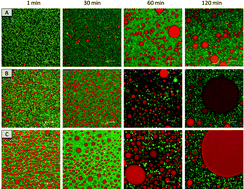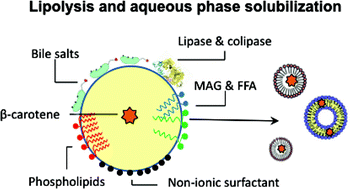 In their recent Food & Function review, Manuel Coimbra and co-workers from Aveiro, Portugal, provide a critical overview of the potential health impact of coffee melanoidins. When coffee beans are roasted, the coffee components undergo structural changes leading to the formation of melanoidins (high molecular weight, nitrogenous, brown-coloured compounds), which are linked to antioxidant, antimicrobial, anticariogenic, anti-inflammatory, antihypertensive, and antiglycative behaviour. Their health implications are therefore of great interest.
In their recent Food & Function review, Manuel Coimbra and co-workers from Aveiro, Portugal, provide a critical overview of the potential health impact of coffee melanoidins. When coffee beans are roasted, the coffee components undergo structural changes leading to the formation of melanoidins (high molecular weight, nitrogenous, brown-coloured compounds), which are linked to antioxidant, antimicrobial, anticariogenic, anti-inflammatory, antihypertensive, and antiglycative behaviour. Their health implications are therefore of great interest.
In order to understand the potential benefits of coffee melanoidins, it is important to know their chemical structures. Studies show that polysaccharides, proteins, and chlorogenic acids are all involved in coffee melanoidin formation; however, their exact structures and formation mechansims are yet to be fully understood.
In this paper the authors provide a critical overview of the knowledge obtained so far about the structure of coffee melanoidins, their mechanisms of formation and their potential health benefits. They also highlight that there are still several unanswered questions and further studies are required to understand the relationship between the chemical structure of the different melanoidins and their biological activities.
To read the Food & Function review in full, please click the link below: free until June 14th!
Coffee melanoidins: structures, mechanisms of formation and potential health impacts, Ana S. P. Moreira, Fernando M. Nunes, M. Rosario Domingues and Manuel A. Coimbra, Food Funct., 2012, DOI: 10.1039/c2fo30048f
You may also be interested in this recently published review on ‘Effects of tea and coffee on cardiovascular disease risk‘ from Food & Function Editorial Board member Kevin Croft. Or, if you are interested in keeping up to date with the latest articles published in Food & Function why not sign up for free table of contents alerts.











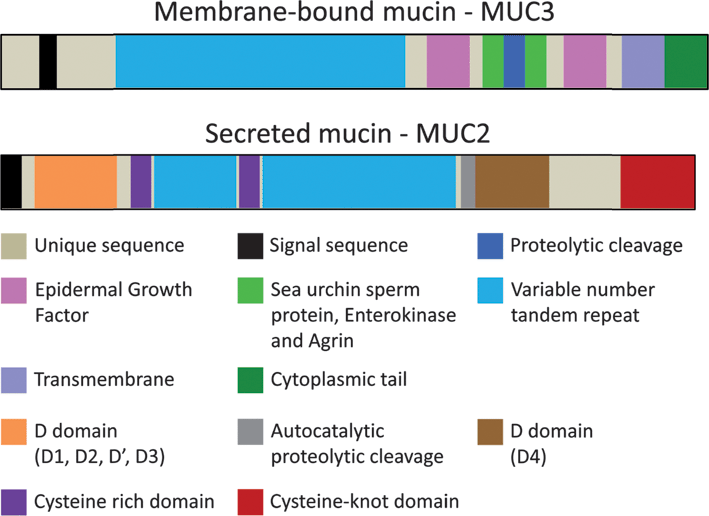
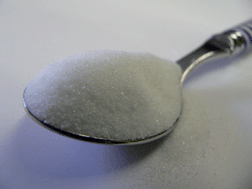
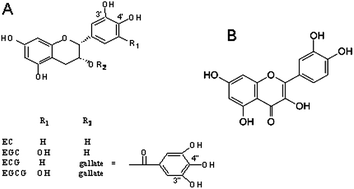
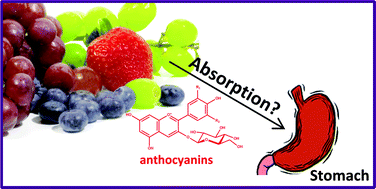
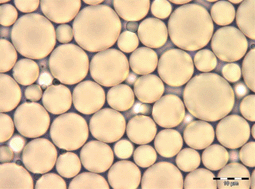

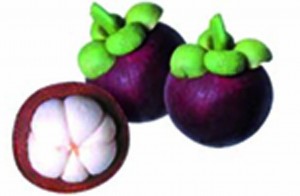 Ana Martinez and colleagues from Mexico have reported a theoretical study on the antioxidant mechanism of xanthones. Xanthones are bioactive compounds found in tropical fruits such as mangosteen (Garcinia mangostana) and have shown antioxidant behaviour in a number of experimental studies, however the mechanism of action is not thoroughly understood.
Ana Martinez and colleagues from Mexico have reported a theoretical study on the antioxidant mechanism of xanthones. Xanthones are bioactive compounds found in tropical fruits such as mangosteen (Garcinia mangostana) and have shown antioxidant behaviour in a number of experimental studies, however the mechanism of action is not thoroughly understood.